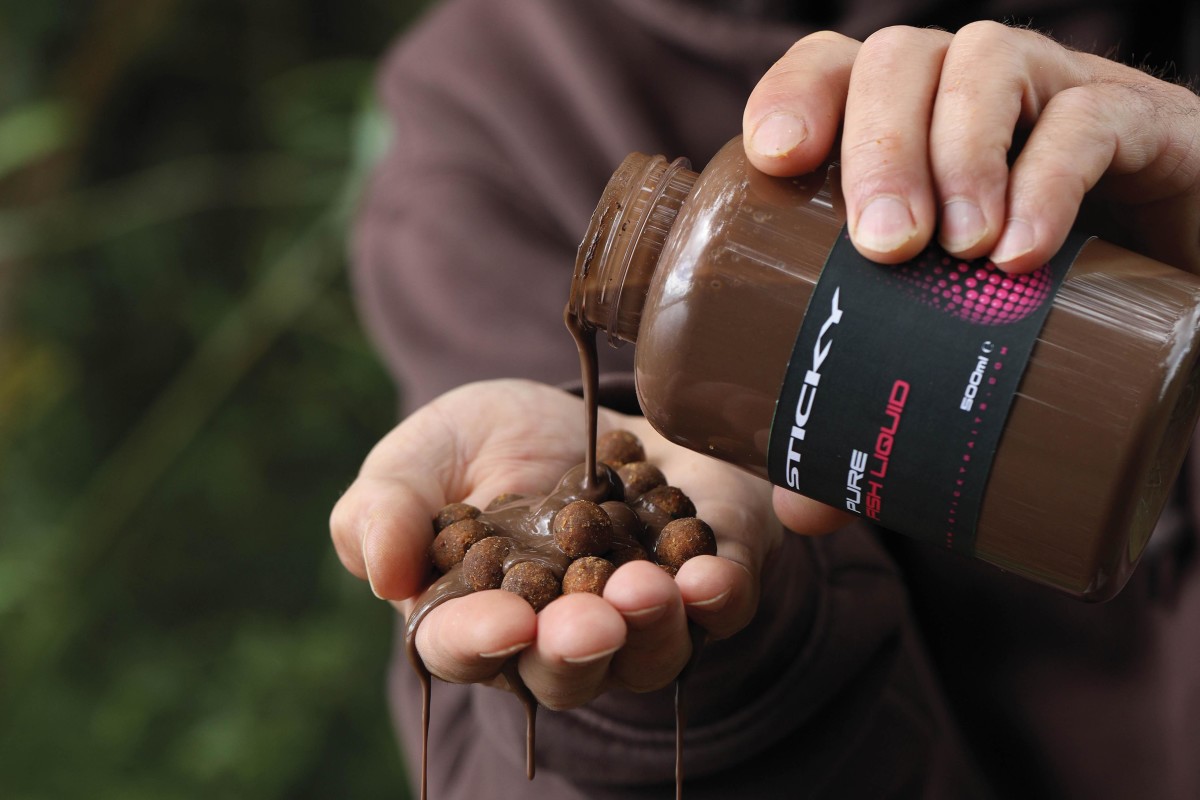
Powders and Liquids Digested
Adam explains why he rates ‘active boilies’ so highly, and how to get the very best from them.
The Krill Active, and more recently, Manilla Active, have had a resounding impact on the bait market, whilst representing a totally unique way of using boilies. The process of wrapping the bait in what is effectively a fast-dissolving paste, is a huge edge, one that I’ve incorporated into my own fishing, not just this year, but for several years. Make no mistake, developing a boilie as good as those in the Active range takes some doing, over countless years of experimenting, patience and testing, and we were using the first incarnation of The Krill Active going all the way back to Cassien in and around 2014.
The Active baits represent what is deemed to be the ultimate in pimped-up boilie, and I get a lot of people asking me what they can add to the boilies to give them their own identity and label, as people like to do. But my answer is always the same: that boilie is the ultimate in soluble, locked-in super attraction, and if you add anything to them, it can change the coating and the way it reacts in water. Tom, at Sticky, has spent tireless hours developing the process of the coating, to ensure that it’s damn near perfect. So whilst you can add extras, I’d personally advise trusting what’s already in front of you as being a complete nutritionally attractive food source. They are literally bursting with a natural attraction incomparable to anything else on the market, with all the benefits and carp’s needs catered for, from the inner core to the outer skin. I’d advise anyone to drop one boilie into a glass of water and just watch what unfolds!
Although my introduction may be directed towards the Active concept, you may have guessed that this article is not about the Active boilies. They need mentioning, because a lot of people do like pimping up their own baits. Now, if you are one of those anglers who likes to tailor-make their own baits to some extent, then there’s literally a whole litany of powders and liquid attractors out there which will allow you to create something totally unique to you.
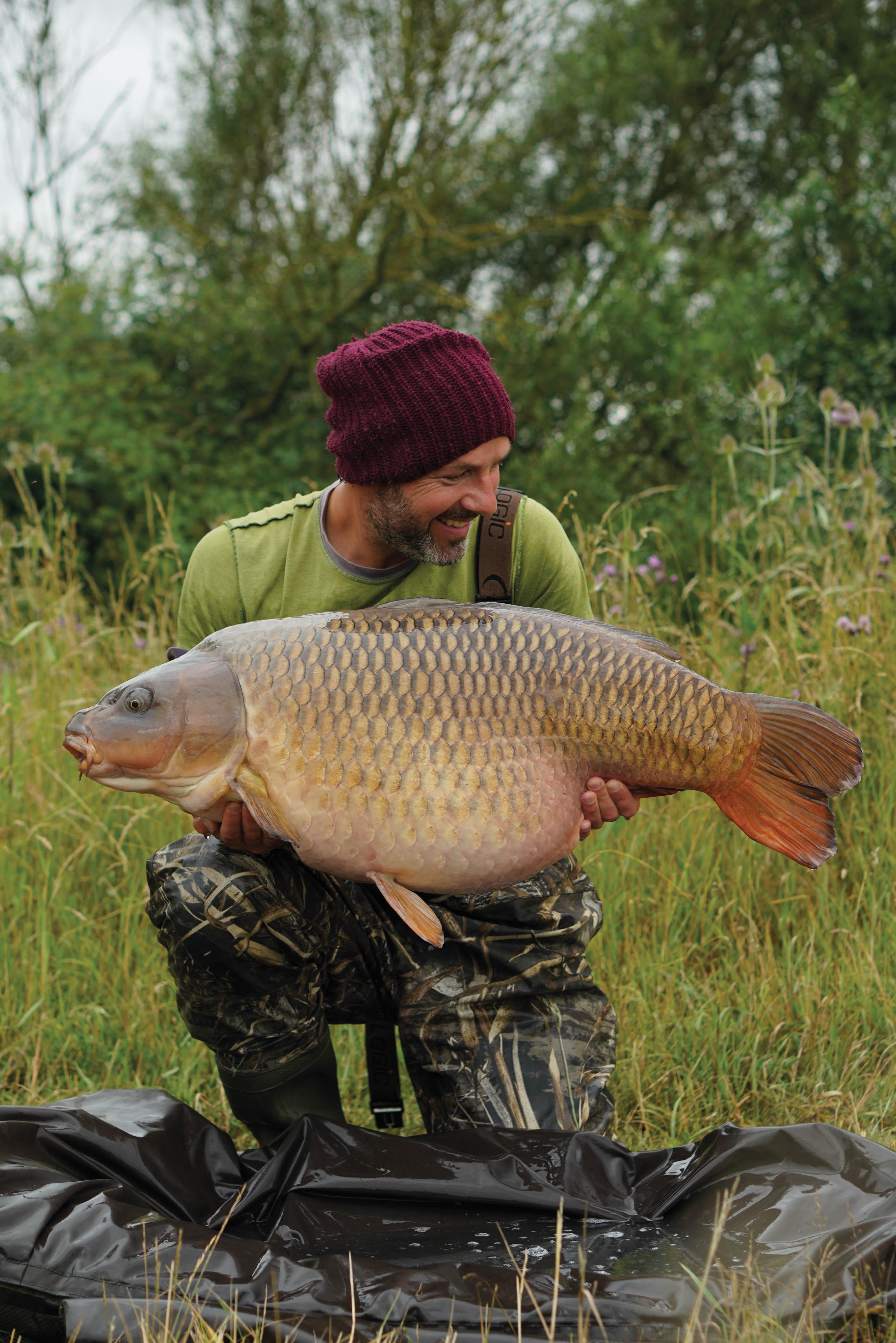
The limit is only in your imagination, and as with all Sticky products in the Pure range, you can’t really overdo them, as every ingredient and product is natural and untampered with, and I can guarantee that they’re of the highest possible grade and quality on the market. I’ve used a lot of liquids down the years, such as the Cloudy range, Pure Tuna and Liquid Liver, and it’s important to understand that their viscosity determines their solubility once in the water. Take, for instance, Liquid Liver. That tends to retain its structure after immersion for some time, slowly breaking down and eventually seeping into the lakebed, to give off a long-lasting attraction trail from the substrate. Compare this to products like the new Pure Shrimp or the Cloudy Liquids. Because they’re thinner and have a lower viscosity, they tend to disperse in the water column more freely, and so will radiate signals up and down as the Cloudy Manilla and Krill names suggest.
One of the liquids I’ve used and have taken a huge shine to in recent times is the Pure Calanus Liquid, again a unique, groundbreaking product which offers something of an unparalleled free amino acid profile. I’m not sure dipping my finger in to taste it is recommended, but I have also been to the factory. I have seen the levels these guys produce at, and I’ll quite happily taste anything myself, knowing that the ingredients are of such a high standard. The salty taste it carries isn’t exactly fishy or shrimpy, but it’s unique, and I’ve used it not just for coating boilies—which I’ll come to later—but to bind and create groundbait mixes. So not only do you get that hit of saltiness and attraction, it also acts as a natural preservative, which allows you to keep your mixes for an extended period of time.
One of my favourite mixes I’ve used recently incorporates Pure Calanus and Pure Krill Powder, these forming the base of the mix. Krill Powder is quite fine, so when it comes to combining them, you need to add the liquid a little at a time to form an even mixture. Add small amounts and turn the powder over in the bucket extensively, so all the liquid is evenly distributed, and to ensure all the liquid works its way through the fine powder that it comes into contact with, rather than solidifying into a clot. The more you turn it all, and the more you take care when adding the liquid, the more even the mix will become. It takes time and patience, but you’ll be rather surprised at what you can create. It can take up to 40 minutes when done right, with the powder being allowed to absorb the goodness of the liquid and the process being repeated until the mixture is just right.
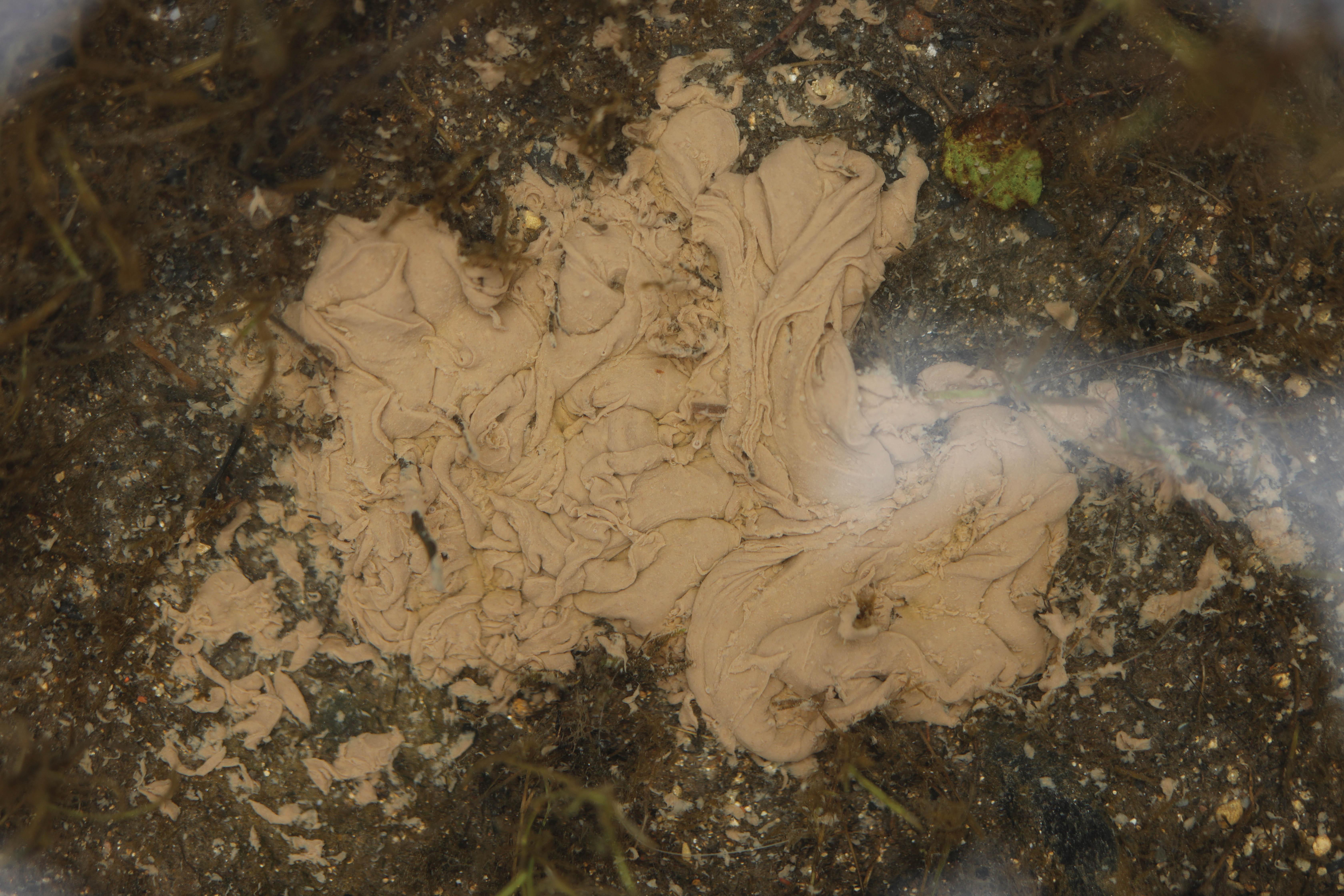
Why bother?
So what’s the point in creating something like this, then? Well, by using a heavy groundbait base that is super attractive, small food particles can still reach the lakebed in deeper water, as the added liquid leaves lots of scent in the area for the carp to home in on. What can you add to the mix? Well, there aren’t any hard and fast rules with it. I found that it worked really well with 2.3mm Bloodworm Pellets, one of my all-time favourites, even though I was a bit late to the party with them. They must be some of the best-selling pellets on the market, given their formidable reputation throughout the industry. They also represent tiny particles and bugs that might replicate the natural food in the lake, making them not only attractive to taste, but also visually appealing.
Next, I’ll usually add some Krill Active which has been blended or crumbed up, once again for the added attraction, but also to help bind the mix to form a heavier groundbait. To finish the mix, I might add a handful of hemp, but usually some chopped tigers for that fleck, if I’m looking to present a similar hookbait.
One thing to mention is that these items should be added after your base has been created in a separate bucket, if not, some of the items, like the tigers, can become desaturated. It’s the same with hemp, which will actually float if you leave it in the mix—a disaster in itself!
To further enhance the mix, you can even dip into the Pure Naturals range. This boasts the best powders, such as Pure Natural Liver, Pure Natural Betaine, and of course, the formidable Pure Natural GLM Extract—one of my favourites! Adding any of these to the mix really supercharges it to another level, and once again, quantities can’t be overdone. If you do want to add them, these are applied with the mixing at the very start, without the liquid addition.
More recently, I’ve been paying close attention to the Pure Shrimp Liquid. Again, I’ve had a little taste, and it’s quite simply magnificent! Its taste and flavour is right up there with the best, and I have started to play around with similar mixes to the above, incorporating the new liquid. Here’s how I would look to use it for the coming months ahead…
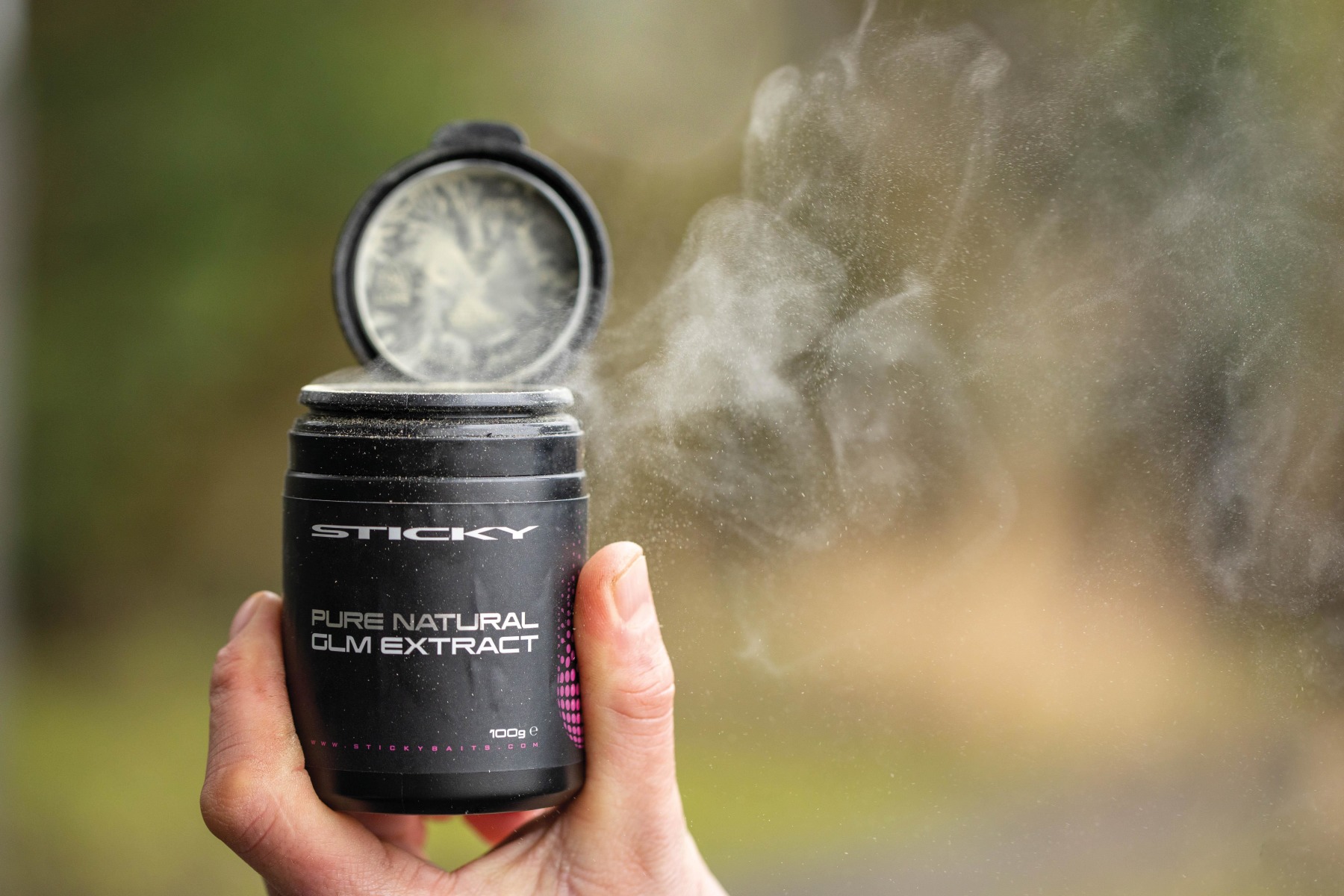
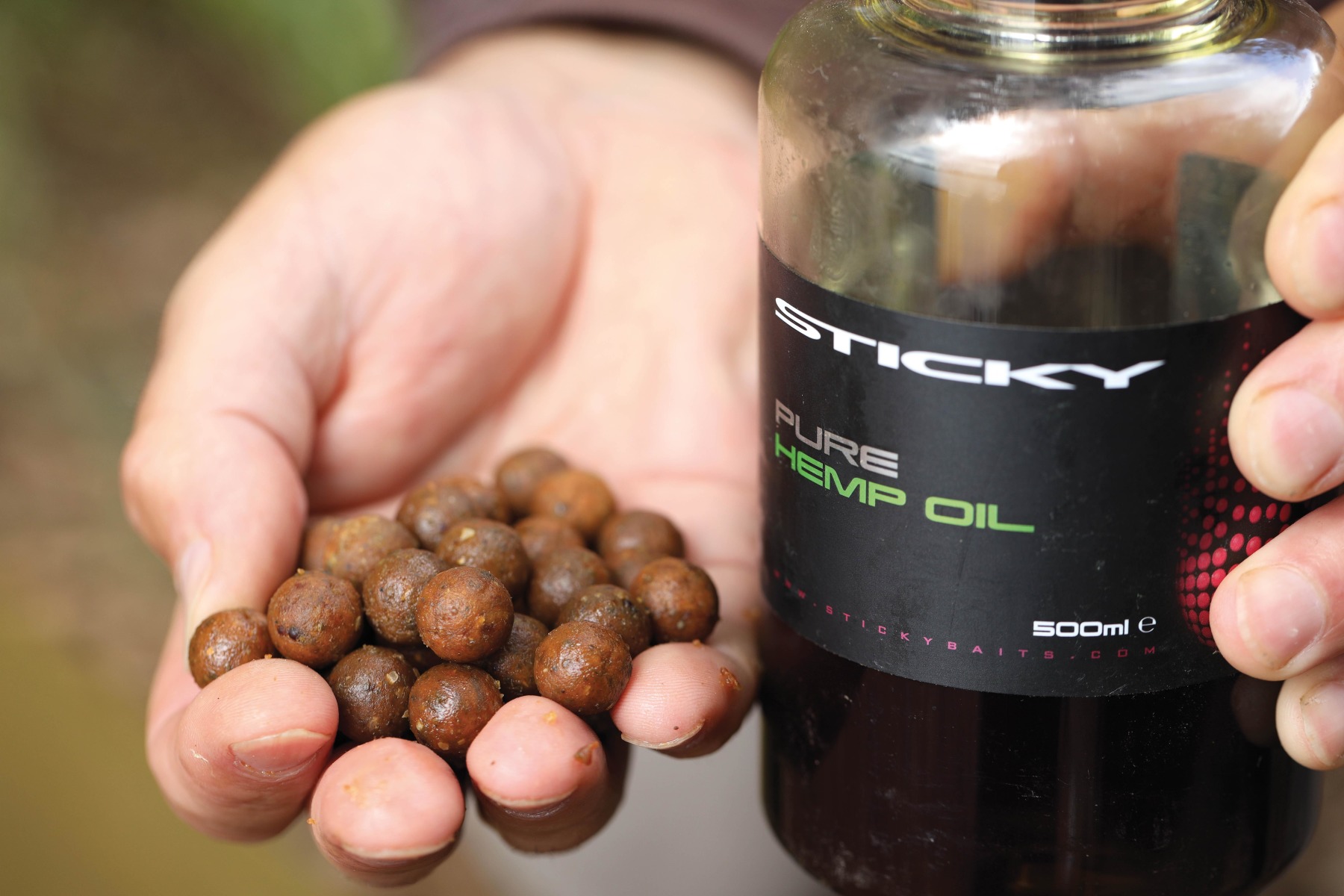
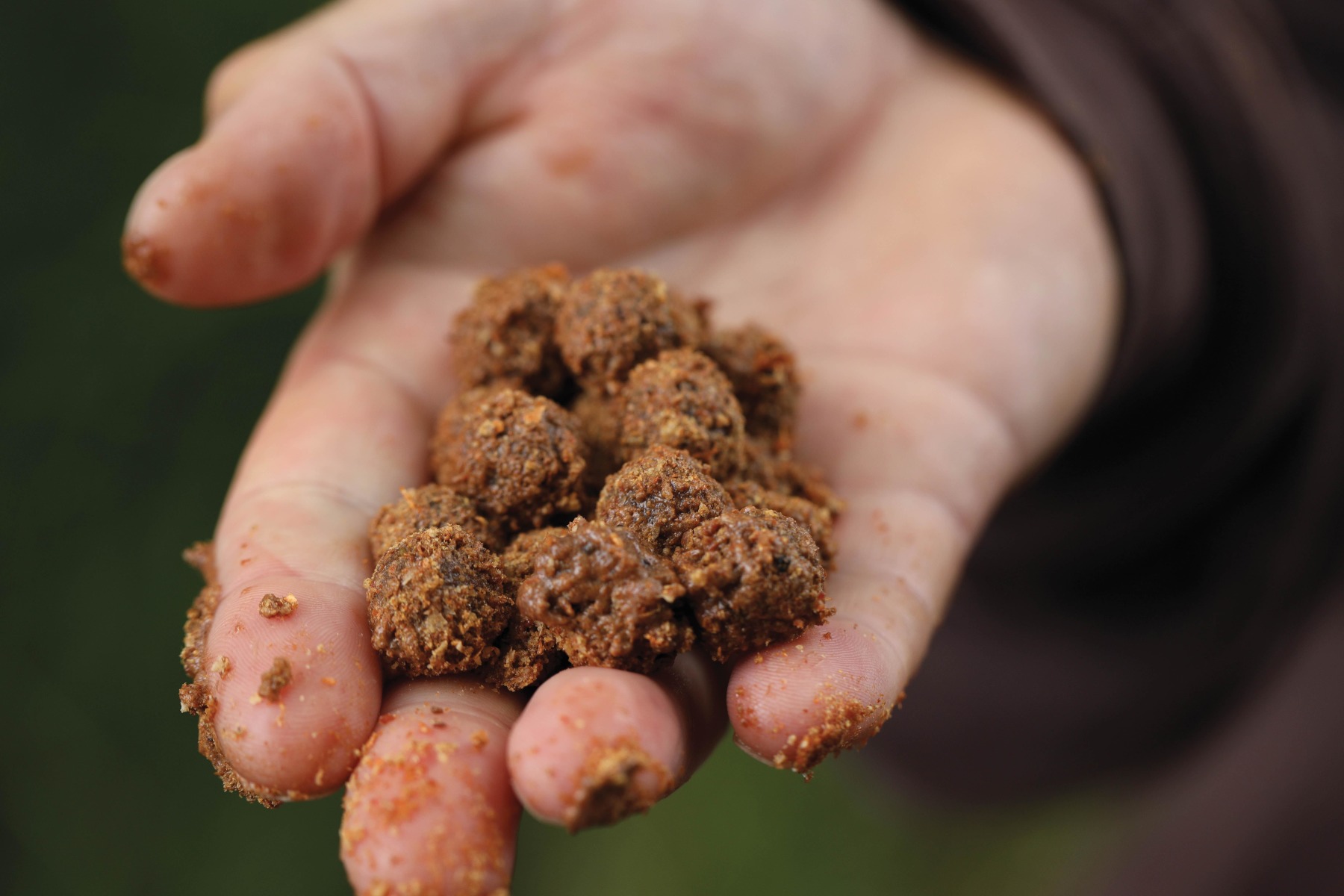
Soaking boilies
Although I say ‘soaking’, it’s more like glazing, and over the years, it’s usually been in an oil of some description. The two I favour and use the most are Pure Hemp Oil and Cap-Oil. Some think that Cap-Oil is just for adding to things like floaters, but it certainly isn’t limited to just those. ‘Cap’ is short for Capsicum, a genus of plant cultivated for its fruit and spice extract. Cap-Oil is a blend of different fish oils with the addition of the extract. It’s extremely hot, so if you’re handling it, don’t be touching sensitive places! I find it goes so well with The Krill boilies, more the standard Krill and not the Active, as you’ll end up creating a bit of a mush if you overdo it. It sounds ridiculous to call something as successful as The Krill boilie ‘standard’, but it’s hard to describe it alongside the Active range, so I do apologise!
With it being an oil, its dispersion is once again throughout the layers, especially in the summer months, and I would highly recommend it to those fishing straight boilie. Until the water starts to cool at the back end of September into October, I would be happy to use this combination.
Talking about the benefits of the oils even further, they do another job for you as well, when fish are in the area, and more importantly, feeding. When the bait is being disturbed and broken down by the carp, you’ll notice that a slick will appear on the surface, similar to when you probably first applied them into the lake. Trust me, you’ll know about it when those boilies are being chewed up, and you can then sit behind your rods with complete confidence, knowing that it’s a matter of when, and not if. Even though I prefer to use something like Hemp Oil with the Manilla range, and Cap-Oil with The Krill, once again, don’t take it as a hard and fast rule that you have to follow, and certainly don’t think that if you choose one over the other, it may not work.
Understanding what each liquid does and how it reacts in water, is the key, far more so than matching what you think is right to suit the boilie. A carp’s senses are very different to those of a human, and far more acute. Touching briefly on hemp oil once more, this is an all-year-round liquid that I’ve done well with during all seasons, be that with bag mixes or boilie glazes. With the viscosity being lower once again, it’s very soluble in all temperatures, and you still get a slick in the depths of winter.
In terms of application, I prefer to apply the oil as soon as I’ve got the bait out of the freezer, or with shelf-life baits, immediately before the session, in a bucket. It’s important not to go crazy, applying just a glaze to them. A nice coating is enough—you don’t want to drown the poor sods in the bucket! As the boilies thaw, they’ll draw the oil in. After a few hours, you might be able to add a little more, but just be conscious of the process. This is the best way to really soak the oils in and for them to penetrate as close to the core as possible.
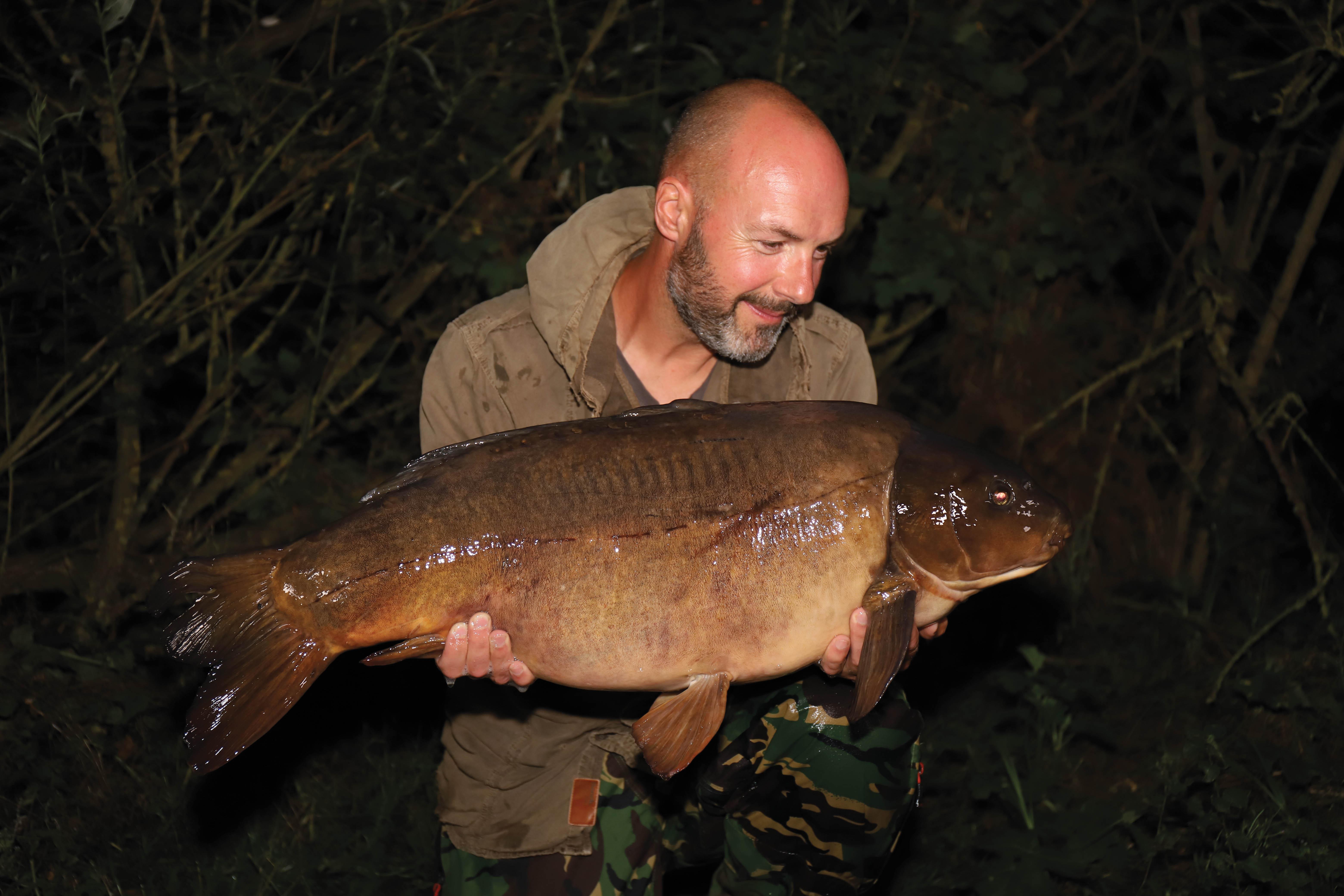
Another reason why I really favour the all-natural liquids, is that they are very kind to the carp’s digestive system. Not only are they good for the carp, they’re easily digestible. It’s important to know that Sticky are probably the only company in the industry to add calcium to their baits. This doesn’t help you catch more; it’s purely for the health benefits of the fish when they digest and process the goodness of the bait. To me, that summarises and shows the level of attention they pay to what they do. I’m sure they could quite easily cut ingredients out to profit more when it comes to the bottom line, but they don’t. Everything’s done with the carp’s needs put first, and that for me is the reason they’re superior on all levels.
Pimping our own boilies, of course—despite the Active range being available—still happens, and I remember some of the very early shows where we’d demonstrate to anglers how to get the best from a combination of liquids and powders. With something like a Krill boilie as a base, you can make a super-attractive bait using, say, a kilo of boilies, a good handful of Krill Active Mix or Krill Powder, and a helping of GLM powder. This is evenly mixed, and then I’ll choose a liquid to act as a binder to form the outer coating. This can be something like Pure Calanus Liquid, or even the new Pure Fish Liquid, which is a really good one to use, given its slightly higher viscosity. Once again, little and often is the trick, and shake the boilies to coat them.
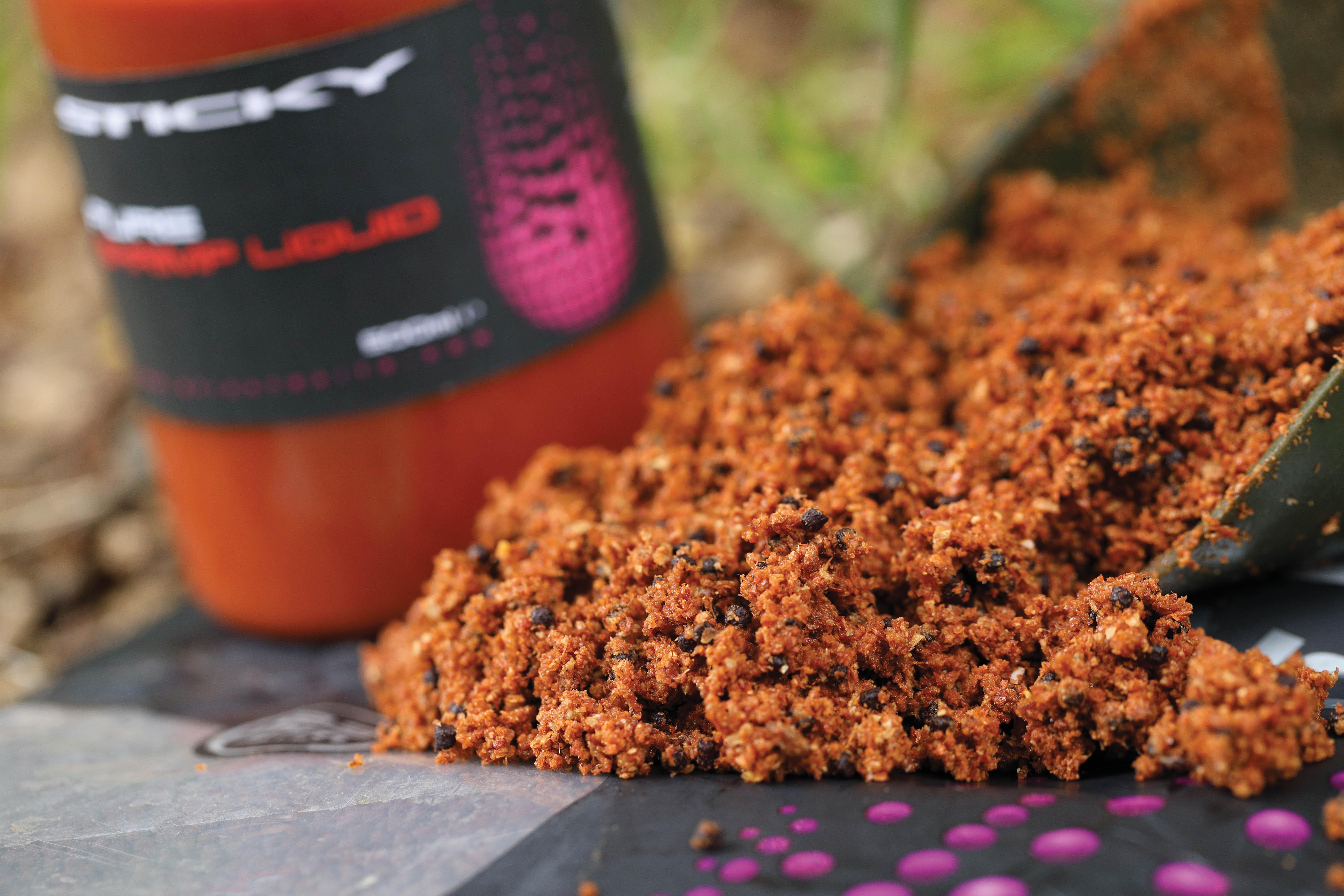
In conclusion, there is no right or wrong way of doing things in terms of ingredients. You need to understand how each liquid reacts and works, as well as the powders, so you can then gain an understanding of how to get the very best from them, and apply them to your angling situation.



